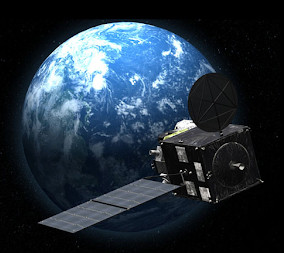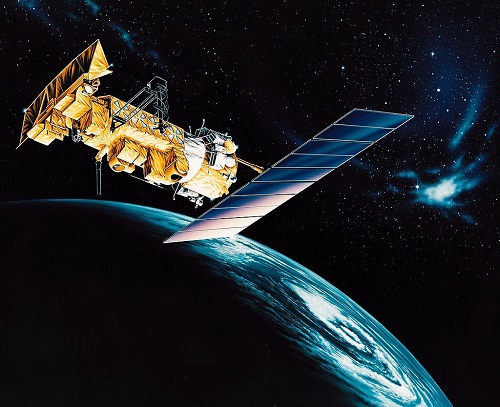![]()
Earth from Orbit: NOAA’s GOES-18 is now GOES West January 4, 2023 NOAA Press Release: NOAA’s operational satellite fleet has a new member. GOES-18 entered service as GOES West on Jan. 4, 2023. The milestone comes after a Mar. 1, 2022, launch and post-launch testing of the satellite’s instruments, systems, and data. GOES-18 replaces GOES-17 as GOES … Delve Deeper “NOAA’s GOES-18 is now GOES West” »








